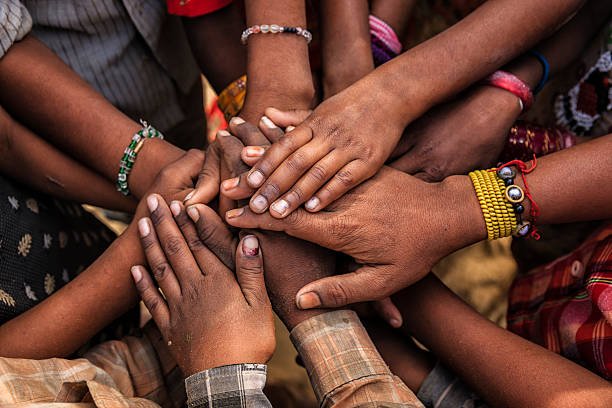On this page, we state four benefits of the youth participation in community and substance abuse campaigns.
Engaging in community endeavours and creating awareness about critical societal issues has always been of paramount importance. But when it comes to substance abuse campaigns, the role of youth cannot be overstated. The younger generation, with their vibrant energy, innovative ideas, and close connection to their peers, play a crucial role in amplifying the message.
The Four benefits of the youth participation in community and substance abuse campaigns
The four benefits of youth participation in community and substance abuse campaigns are:
- Enhanced Peer-to-Peer Communication: Youth can convey messages in a relatable manner to their peers.
- Fostering Leadership and Personal Growth: Participation helps in developing leadership skills and personal development.
- Creating Long-term Positive Change: Active involvement shapes future values and proactive prevention.
- Harnessing Digital Influence: Youth can effectively use social media platforms to spread awareness widely.
Enhanced Peer-to-Peer Communication:
Youth have a unique voice that resonates with their peers. They understand the vernacular, trends, and platforms that appeal to their age group. By having young individuals spearhead or partake in substance abuse campaigns, the message is conveyed in a more relatable and impactful manner. It’s peer-to-peer communication at its finest, fostering understanding and empathy.
Examples: School anti-drug assemblies led by students, youth-created substance abuse prevention videos on YouTube, and peer support groups.
Fostering Leadership and Personal Growth:
Participating in community campaigns offers the youth a platform to develop leadership skills. They learn about teamwork, responsibility, and the importance of taking initiative. These campaigns serve as a breeding ground for future leaders who not only champion societal causes but also grow personally, gaining confidence and a sense of purpose.
Examples: Youth leading community awareness walks, teens organizing local substance abuse seminars, and young individuals mentoring those affected by substance abuse.
Creating Long-term Positive Change:
When the youth are actively involved in substance abuse campaigns, they’re not just participating for the present; they’re shaping the future. Their involvement means they are more likely to carry these values and knowledge into adulthood, perpetuating a cycle of awareness and proactive prevention. This long-term perspective ensures sustained positive change and a decreased likelihood of substance abuse in future generations.
Examples: School curriculums incorporating substance abuse education, youth ambassadors for nationwide anti-drug campaigns, and young adults advocating for policy changes.
Harnessing Digital Influence:
The modern youth are digital natives. Their prowess in navigating the digital world, particularly social media, can be leveraged to spread awareness far and wide. Through platforms like Instagram, TikTok, and Twitter, the youth can craft powerful, shareable content that brings substance abuse issues to the forefront, reaching a vast audience in innovative ways.
Examples: Viral TikTok challenges promoting drug-free lifestyles, Instagram influencers sharing personal stories of recovery, and Twitter campaigns like #DrugFreeYouth.
In Conclusion
The role of youth in community and substance abuse campaigns is not just beneficial—it’s essential. Their unique perspective, combined with their digital savviness and peer-to-peer influence, ensures that the message is not only heard but also acted upon. Encouraging and facilitating their involvement is a step towards a healthier, more aware community.
Read These:
- Why Substance Abuse Amongst the Young People is a Significant Concern in our Communities in Recent Years
- An Outline of the Social Factors that Contribute to Substance Abuse
- Four benefits of the youth participation in community and substance abuse campaigns
- Available Support for People Who Abuse Substances in South Africa
- How Communities can Use Physical Activities to Reduce the Abuse of Substances
- Physical and Emotional Effects of the Abuse on the Abuser






